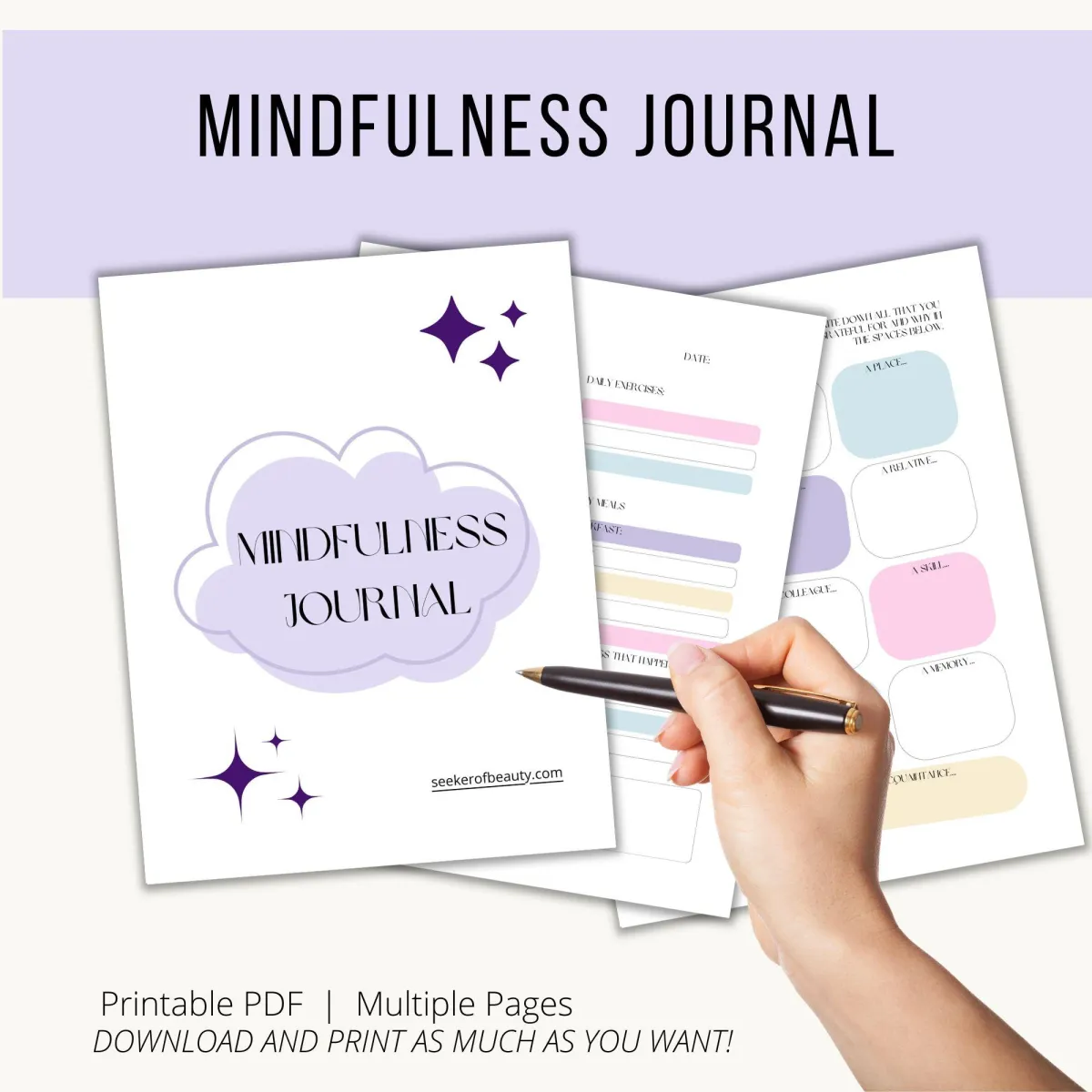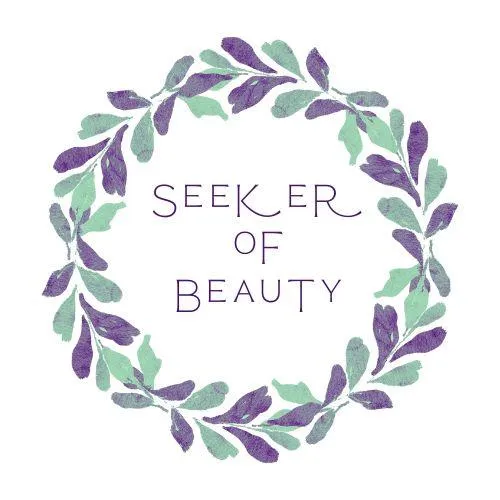
Unlocking the Mysteries of Frankincense Essential Oil: Benefits, Uses, and Tips
Frankincense essential oil, renowned for its rich history and therapeutic properties, has been cherished for centuries. Derived from the resin of the Boswellia tree, this aromatic oil is steeped in ancient tradition and is as relevant today as it was in ancient times. Its warm, woody aroma and versatile nature make it a popular choice for a variety of uses, from skincare to spiritual practices. In this article, we delve into the enchanting world of frankincense essential oil, exploring its benefits, practical uses, and valuable tips for incorporating it into your daily life. Join us on a journey of discovery as we unlock the mysteries of this sacred oil.
History
Frankincense has a long and fascinating history that dates back thousands of years. It has been traded, revered, and used in religious ceremonies and traditional medicine across many cultures. Here’s a brief overview of its history:
Ancient Uses: Frankincense has been used since ancient times in religious ceremonies and as a valuable commodity. It was highly prized in ancient Egypt, where it was used in the embalming process and as a perfume. It was also used in traditional Chinese medicine and Ayurvedic medicine in India.
Biblical References: Frankincense is mentioned in the Bible several times as a precious substance. It was one of the gifts brought by the Magi to the baby Jesus and is often associated with sacred rituals and offerings.
Trade Routes: The trade of frankincense was a significant part of ancient economies. It was primarily sourced from the Arabian Peninsula, particularly from regions such as Oman and Yemen, and traded along the famous “Incense Route” that connected the Arabian Peninsula to the Mediterranean.
Medicinal Uses: In addition to its use in religious ceremonies, frankincense was also valued for its medicinal properties. It was used to treat a variety of ailments, including inflammation, wounds, and respiratory issues.
Modern Uses: Today, frankincense is still used for its therapeutic properties. It is believed to have anti-inflammatory, antiseptic, and calming effects. It is commonly used in aromatherapy, skincare products, and as an incense.
Cultural Significance: Frankincense continues to hold cultural and religious significance in many parts of the world. It is used in various religious ceremonies and is often associated with spirituality, meditation, and purification.
Overall, frankincense has a rich history that spans millennia and continues to be valued for its aromatic and therapeutic properties.
How Frankincense is Derived
Frankincense is derived from the resin of the Boswellia tree, specifically from species such as Boswellia carterii or Boswellia frereana, which are native to regions of Africa and the Arabian Peninsula. The process of obtaining frankincense resin begins with making small incisions in the bark of the Boswellia tree, allowing the sap to ooze out. This sap, or resin, slowly hardens into tear-shaped droplets upon exposure to air. These hardened resin tears are then carefully collected by hand.
Once collected, the resin is traditionally sorted and graded based on its color, purity, and aroma. The highest quality frankincense is typically pale yellow or greenish in color and has a fresh, citrusy scent. Lower grades may be darker in color and have a more pronounced resinous aroma.
The resin is then subjected to a process called steam distillation to extract the essential oil. During this process, the resin is placed in a still with water, and steam is passed through the mixture. The steam causes the resin to release its essential oil, which is then collected and separated from the water. The resulting frankincense essential oil is highly concentrated and retains the resin’s characteristic woody, balsamic aroma.
Overall, the process of deriving frankincense from the resin of the Boswellia tree is labor-intensive and requires careful craftsmanship to ensure the highest quality oil. This ancient practice has been passed down through generations and continues to be a vital part of the cultures and traditions of the regions where Boswellia trees grow.
Benefits
Frankincense essential oil offers a wide range of benefits, making it a popular choice in aromatherapy and natural medicine. Here are some of its key benefits:
Anti-inflammatory properties: Frankincense oil contains compounds that have been shown to reduce inflammation, making it useful for easing symptoms of inflammatory conditions like arthritis.
Antioxidant effects: The oil has strong antioxidant properties, which can help protect cells from damage caused by free radicals and oxidative stress.
Skin health: Frankincense oil is often used in skincare products for its ability to promote healthy skin. It can help reduce the appearance of scars, stretch marks, and blemishes, and may also help soothe dry or irritated skin.
Respiratory support: Inhalation of frankincense oil vapors can help clear the respiratory tract and ease breathing, making it beneficial for those with respiratory conditions like asthma or bronchitis.
Stress relief: The oil has a calming aroma that can help reduce stress and anxiety. It is often used in aromatherapy to promote relaxation and a sense of well-being.
Immune support: Frankincense oil has antimicrobial properties that may help support the immune system and protect against infections.
Pain relief: Due to its anti-inflammatory properties, frankincense oil may help reduce pain and discomfort associated with conditions like arthritis or muscle soreness.
These are just a few of the many benefits associated with frankincense essential oil. Its versatility and gentle nature make it a valuable addition to any natural health and wellness routine.
Tips on Using Frankincense Essential Oil
There are several ways to incorporate frankincense essential oil into your daily routine to enjoy its benefits. Aromatherapy is a popular method; simply add a few drops of frankincense oil to a diffuser to fill the room with its soothing aroma, promoting relaxation and reducing stress.
For topical application, dilute frankincense oil with a carrier oil like coconut or jojoba oil and apply it to the skin to improve skin health, reduce inflammation, and promote healing of scars and blemishes. You can also add a few drops of frankincense oil to your moisturizer or facial oil for skincare, helping to rejuvenate the skin and reduce the appearance of fine lines and wrinkles.
For a relaxing massage, mix frankincense oil with a carrier oil to reduce muscle tension, relieve pain, and promote relaxation. Inhaling frankincense oil by adding a few drops to a bowl of hot water can help clear the respiratory tract and ease breathing.
Using frankincense oil during meditation can create a peaceful and calming atmosphere; simply diffuse the oil or apply it to your pulse points before meditation. Additionally, you can add a few drops of frankincense oil to a spray bottle filled with water and use it as a natural air freshener for household use, eliminating odors and creating a calming environment.
When using frankincense oil topically, it’s important to perform a patch test first to ensure you don’t have any adverse reactions. Additionally, pregnant women should consult with a healthcare professional before using frankincense oil.
Conclusion
In conclusion, frankincense essential oil offers a myriad of benefits that can enhance various aspects of your daily life. Whether used in aromatherapy to promote relaxation, in skincare to improve skin health, or in massage to reduce muscle tension, this versatile oil has much to offer. Its calming aroma and therapeutic properties make it a valuable addition to any natural health and wellness routine. By incorporating frankincense oil into your daily regimen, you can experience its many benefits and enjoy a sense of well-being and rejuvenation.

Free Mindfulness Journal
© 2024 Seeker of Beauty built by
sweetsallysscents


Facebook
Instagram